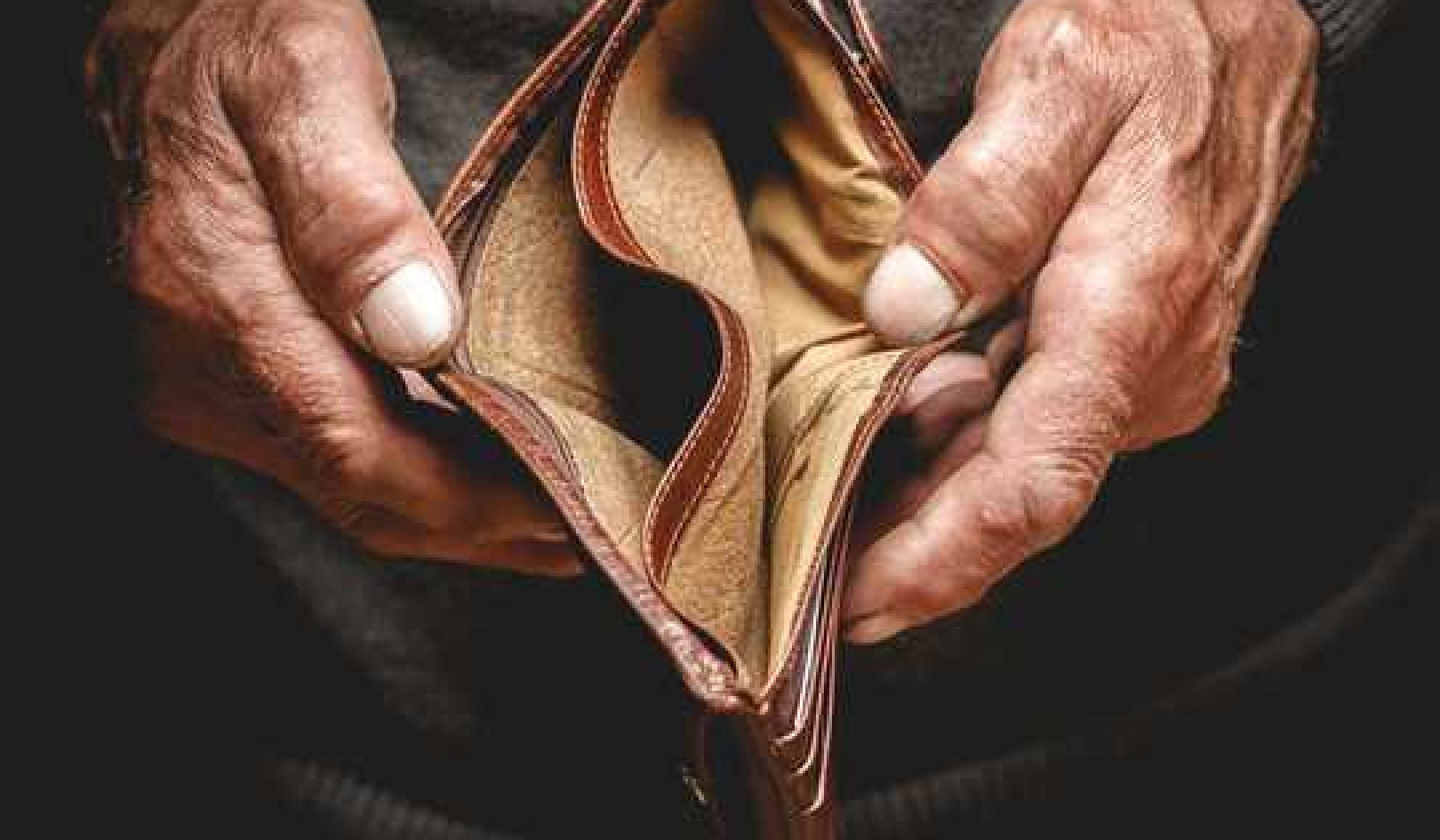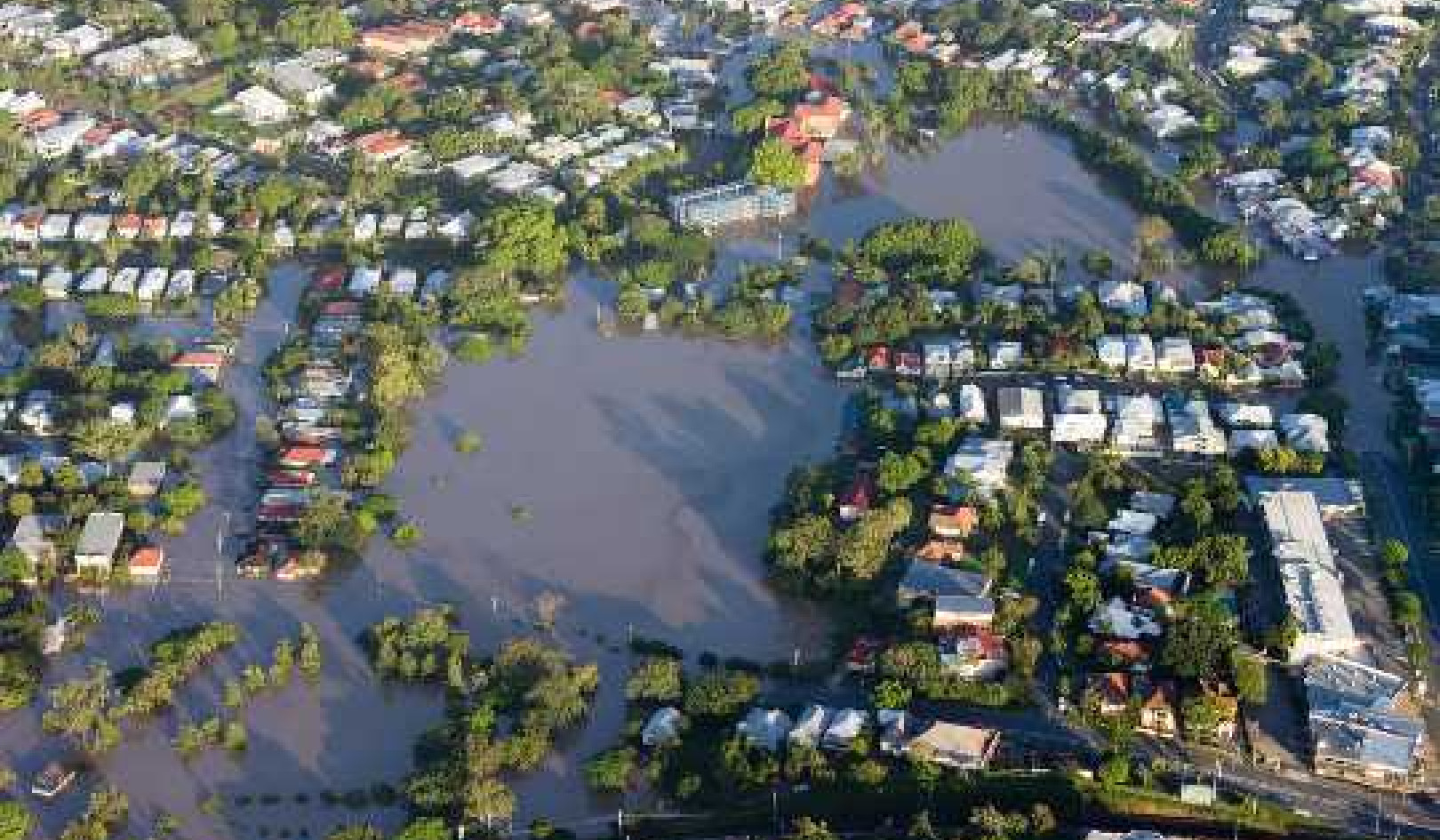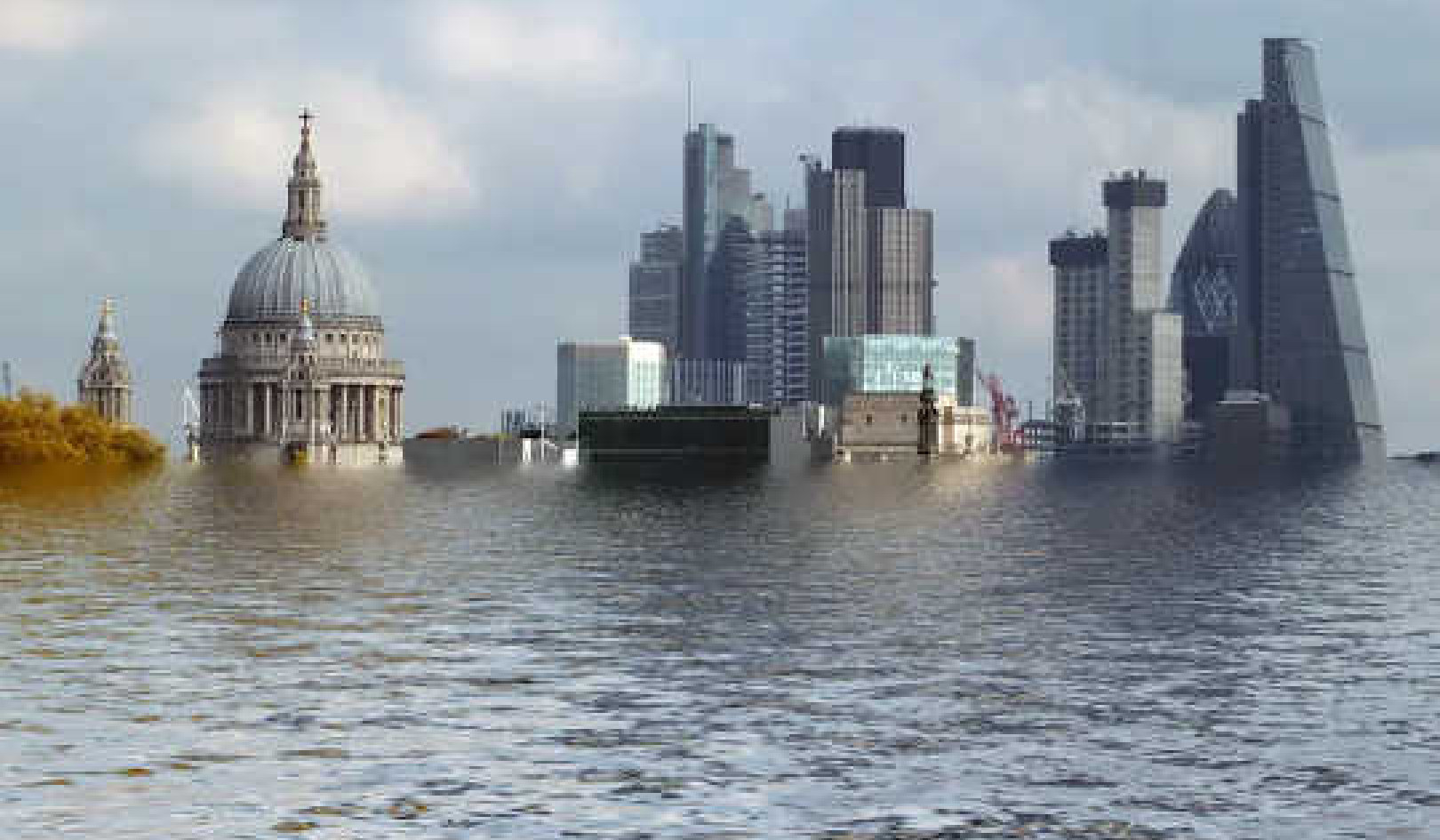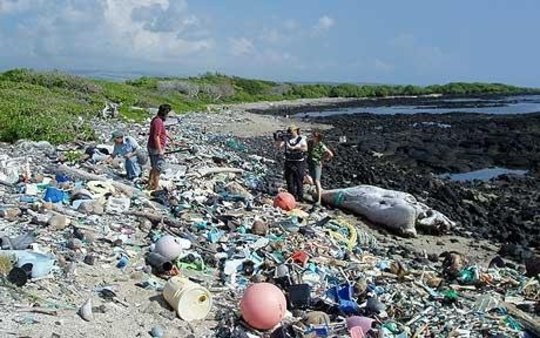
There are at least 268,000 tonnes of plastic floating around in the oceans, according to new research by a global team of scientists.
The world generates 288m tonnes of plastic worldwide each year, just a little more than the annual vegetable crop, yet using current methods only 0.1% of it is found at sea. The new research illustrates as much as anything, how little we know about the fate of plastic waste in the ocean once we have thrown it “away”.
Where Does It Go?
Most obviously, this discarded plastic exists as the unsightly debris we see washed ashore on our beaches.
These large chunks of plastic are bad news for sea creatures which aren’t used to them. Turtles, for instance, consume plastic bags, mistaking them for jellyfish. In Hawaii’s outer islands the Laysan albatross feeds material skimmed from the sea surface to its chicks. Although adults can regurgitate ingested plastic, their chicks cannot. Young albatrosses are often found dead with stomachs full of bottle tops, lighters and other plastic debris, having starved to death.
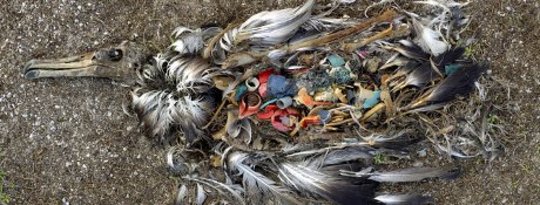
An albatross chick rots away leaving behind the plastic in its stomach.
Chris Jordan, CC BY-NC-ND
But these big, visible impacts may just be the tip of the iceberg. Smaller plastic chunks less than 2.5mm across – broken down bits of larger debris – are ubiquitous in zooplankton samples from the eastern Pacific. In some regions of the central Pacific there is now six times as much plankton-sized plastic are there is plankton. Plankton-eating birds, fish and whales have a tough time telling the two apart, often mistaking this plastic – especially tan coloured particles – for krill.
Zooming In Further
However, even this doesn’t quite tell the whole story. For technical reasons Eriksen and his team weren’t able to consider the very smallest particles – but these may be the most harmful of all.
We’re talking here about tiny lumps of 0.5mm across or considerably less, usually invisible to the naked eye, which often originate in cosmetics or drugs containing nanoparticles or microbeads. Such nanoparticles matter as they are similar size to the smallest forms of plankton (pico and nano plankton) which are the most abundant plankton group and biggest contributors in terms of biomass and contribution to primary production. There’s a lot going on when you zoom right in.
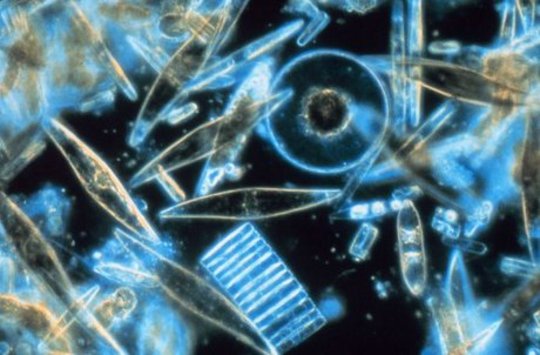
Who you calling plastic? NOAA
We don’t yet know precisely how plastic nanoparticles interact with marine fauna but we do know that they can be absorbed at the level of individual cells. And what’s worse is they’re very efficient carriers of organic molecules such as estradiol, the drug used for birth control and IVF that finds it way through our sewage system into the sea. Indeed, this efficiency is one of the reasons nanoparticles are being explored for drug delivery – they’re a great way to get the right medicine absorbed into the right cells.
Therefore it isn’t just the plastic itself that should concern us. We need to look at what it’s carrying, as substances clinging to nanoparticles of plastic could badly damage marine ecosystems.
Nasty endocrine disrupting chemicals can be concentrated a million times more than background levels on the surfaces of plastic particles. These can then be ingested by organisms and the chemicals absorbed leading to disruption of the reproductive process – some species such as bivalve mussels have even seen males turned into females.
Floating chunks of plastic can also be colonised by organisms including potential bacterial pathogens such as cholera, and marine insect sea skaters which need a hard surface to lay their eggs on – plastic in the sea increases their numbers and range. The fact that floating plastic debris is novel and persists for longer than most natural flotsam could make them ideal vehicles for the introduction of invasive species with potentially devastating consequences.
Plastic pollution of the marine environment is the Cinderella of global issues, garnering less attention than its ugly sisters climate change, acidification, fisheries, invasive species or food waste but it has links to them all and merits greater attention by the scientific community.
This article was originally published on The Conversation.
Read the original article.
About the Authors
Magnus Johnson is Senior Lecturer in Environmental Marine Biology at University of Hull. He is a Marine and Fisheries Scientist with interests in temperate and tropical habitats who is realizing that spreadsheets don't tell the whole story.
Melanic Coull completed her undergraduate degree in Biological Sciences at the University of Birmingham and has worked as a PADI dive instructor around the world for seven years. Having seen the extent of plastic pollution in even remote islands, she returned to the UK to become a post graduate researcher working on the effect of microplastics upon pollutant uptake, alongside Magnus Johnson and Jeanette Rotchelle at the University of Hull Centre for Environmental and Marine Science.
InnerSelf Recommends:
Plastic: A Toxic Love Story
by Susan Freinkel.
 Plastic built the modern world. Where would we be without bike helmets, baggies, toothbrushes, and pacemakers? But a century into our love affair with plastic, we’re starting to realize it’s not such a healthy relationship. Plastics draw on dwindling fossil fuels, leach harmful chemicals, litter landscapes, and destroy marine life. As journalist Susan Freinkel points out in this engaging and eye-opening book, we’re nearing a crisis point. We’re drowning in the stuff, and we need to start making some hard choices. The author gives us the tools we need with a blend of lively anecdotes and analysis. Plastic points the way toward a new creative partnership with the material we love to hate but can’t seem to live without.
Plastic built the modern world. Where would we be without bike helmets, baggies, toothbrushes, and pacemakers? But a century into our love affair with plastic, we’re starting to realize it’s not such a healthy relationship. Plastics draw on dwindling fossil fuels, leach harmful chemicals, litter landscapes, and destroy marine life. As journalist Susan Freinkel points out in this engaging and eye-opening book, we’re nearing a crisis point. We’re drowning in the stuff, and we need to start making some hard choices. The author gives us the tools we need with a blend of lively anecdotes and analysis. Plastic points the way toward a new creative partnership with the material we love to hate but can’t seem to live without.
Click here for more info and/or to order this book on Amazon.



















